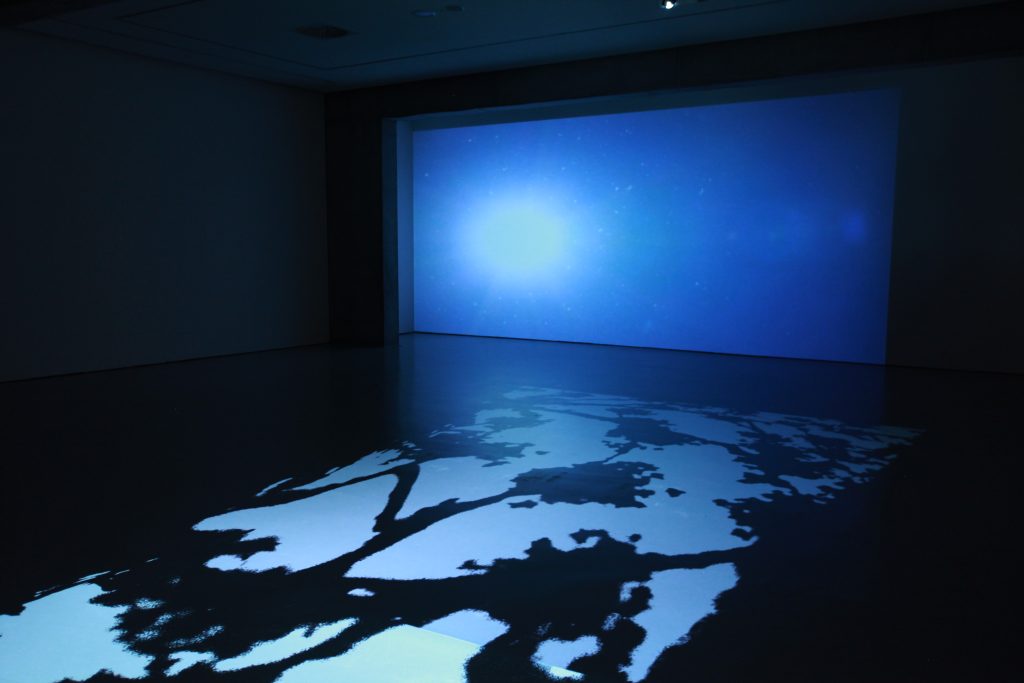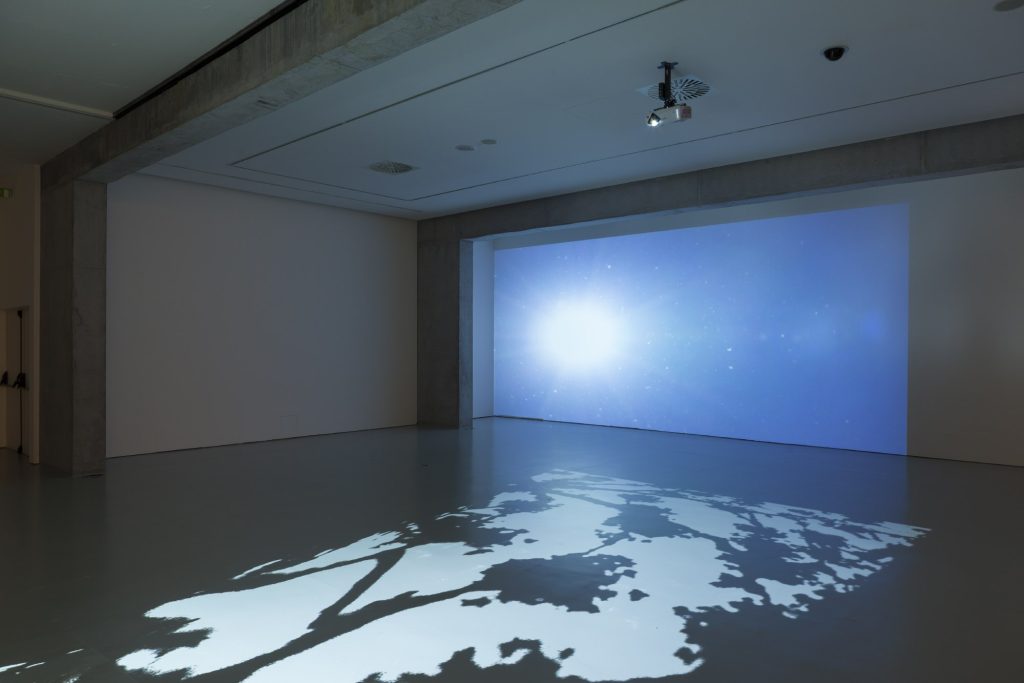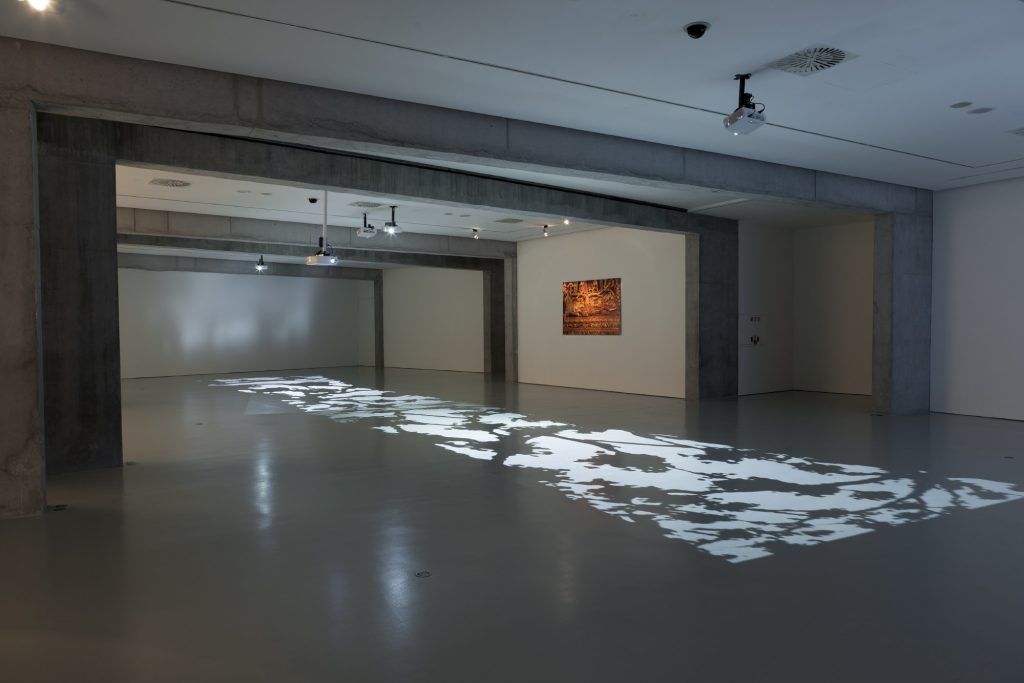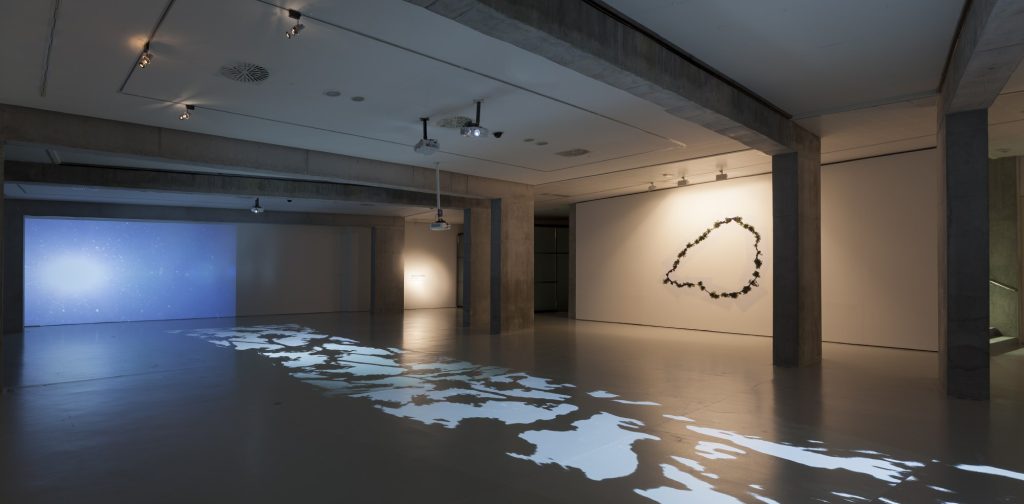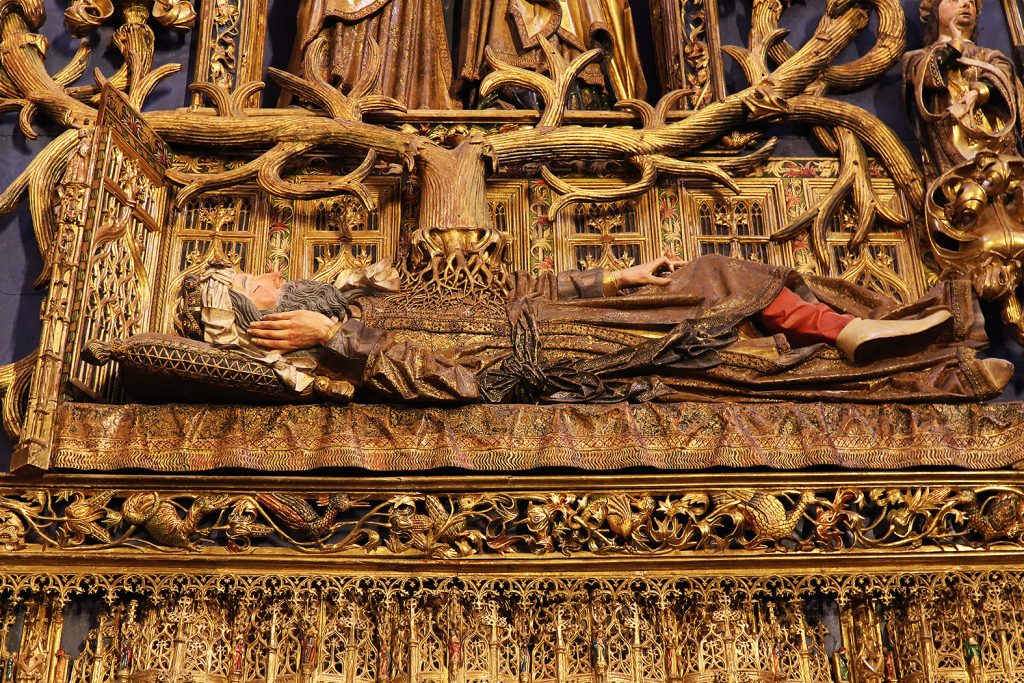
Arbolabor

Memory, Place, Action.
Emilio Navarro
Many artists, when looking within themselves, easily come up with the germ, the grounds of what will later take a specific plastic form.
However, others need to look around and observe their surroundings to find the action, the object that activates their creative machine. Marcos Chaves belongs to this wide group of artists that we could quite accurately call “observers”.
When delving more deeply into his work, it is not difficult to discover his remarkable ability to imagine what we could call “the other side” of certain objects (which is hidden as we are incapable of seeing it) and to apprehend the reciprocal relationship between these objects and people.
This interrelation between objects in human beings, which seems invisible in everyone’s eyes except in those of the artist, as we mentioned before, is the result of our overturning these objects with our way of acting and understanding the world, says Marcos Chaves.
Most of his creations, back in the 90s, emerged from his ability to transform the significance of objects in a playful kind of way, sometimes by simply placing them in a different context from their own.
However in the last few years, he continuous walks through towns, like every good stroller, have attracted parts of Chaves’s attention and have given him rich experiences. These have flowered into fruitful works of art, many of which have been captured with the help of photography.
Rio de Janeiro is a very “wooded” (arborada) town – in Marcos’ own words – and this fact is reflected in pieces such as “Todos Nós”, a composition of 12 photographs made in 2015 preceded by another similar conception, “Archipelago” in 2010. It is therefore not surprising that the trees have knocked again on the doors of the artist’s sensitivity when he first walked around Burgos. And as a result of the positive experience of his participation in “Agenda Santiago” project in Chile in November 2012, we invited Marcos Chaves to come and live in our city for a few days, letting himself get carried away and observe how the peaceful life in Burgos goes by. This time, the shadows made by the joined branches of the trees in the Paseo Del Espolón made Marcos discover these relation which is hidden to us but not to him and which glosses The beginning of these text. The pollen of this exhibition comes from the aesthetical similitudes between the emblematic trees of the promenade and the Tree of Jesse that Gil de Siloé uses in the altar piece of Saint Anne’s Chapel in the Cathedral of Burgos as a metaphor of the capacity to create infinite lives that are born from a common trunk.
From men’s manual work which contributes to the joining of the branches, Marcos suggests that the people of Burgos also have the intention, albeit metaphoric, of weaving a lifeline. An intention by which, in turn, Marcos Chaves is referred to his dear Lygia Clark – an outstanding Brazilian conceptual artist and a reference in her work – who started to dive into the words of three dimensions and mathematical logic in a performance called “Caminhando” (“Walking”). In this work, she invited the spectators to cut Moebius strip and let themselves be seized said by the surprising results of obtained from manipulating it. Every status changed after the manipulation.
But Marcos Chaves went back to the city, to day-to- day life and opened his eyes again and stopped remembering. The artist had already compiled two lifelines when he used to stroll. The first one, which refers to the collective memory, is represented in a conventional photograph, if it can be called so, which covers the center wall of the CAB first basement, in the same positional solemnity as its original location in the Cathedral. The second one, the current local one, the lifeline that Burgos and its inhabitants live day to Day, marks the big piece of the exhibition. It is a spectacular photographic work which involves the whole central area and projects on the floor a big pattern of shadows: this is made possible by a video filmed by Chaves with the sun as the absolute protagonist.
To the historic and the vital lifelines, there was only one more to be added: to personal one, which comes exclusively from the artist manipulation. It is a new birth that comes from his specific method of cutting out photographs and reassembling them, thus generating a new image, a new personal line that, added to the others, gives shape to this magnificent ensemble: ARBOLABOR.
Burgos, 2015
